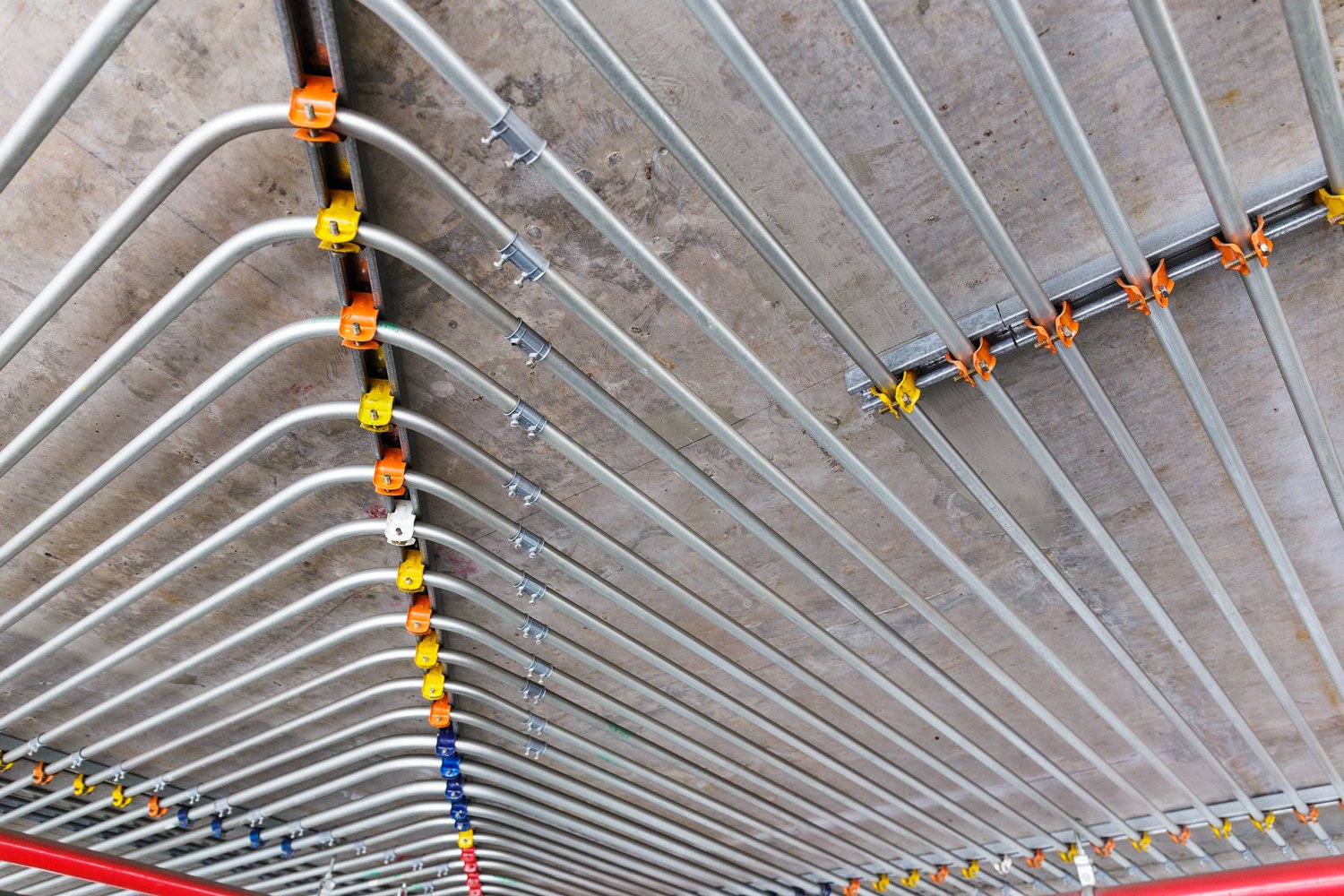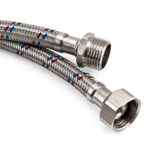Understanding floor heating basics
Floor heating systems provide warmth from beneath your feet. These systems use various methods to heat floors, including electric cables and hydronic tubes. Electric systems use resistance wires, while hydronic systems circulate warm water. Both types offer even heat distribution throughout a room. Radiant floor heating can be installed under most flooring materials, including tile, wood, and carpet.
The efficiency of floor heating depends on several factors. Insulation plays a crucial role in minimizing heat loss. Proper installation ensures optimal performance. The type of flooring material affects heat transfer. Concrete floors, for example, retain heat well. Thick carpets may reduce heat output. Homeowners should consider these factors when planning their installation.
Floor heating systems offer numerous benefits. They provide consistent warmth without drafts. These systems are often more energy-efficient than traditional heating methods. They eliminate the need for visible radiators or vents. This creates more usable space in a room. Many people find radiant heat more comfortable than forced air systems.
The cost of floor heating varies depending on the system type and size. Electric systems typically have lower upfront costs but higher operating expenses. Hydronic systems often cost more to install but can be cheaper to run. The average cost for a 100 square foot area ranges from $600 to $1,800. Long-term energy savings can offset initial installation costs.
Choosing the right floor heating system
Selecting the appropriate floor heating system requires careful consideration. Electric systems are often easier to install and ideal for smaller areas. They warm up quickly and provide precise temperature control. Hydronic systems are more suitable for larger spaces or whole-house heating. These systems can be connected to various heat sources, including boilers and heat pumps.
The choice of system also depends on your energy source. Electric floor heating works well in areas with low electricity costs. Hydronic systems can be more economical in regions with high electricity prices. Some homeowners opt for solar-powered systems to reduce energy bills. This option requires a significant initial investment but offers long-term savings.
Consider your flooring material when choosing a system. Tile and stone conduct heat well and are ideal for floor heating. Engineered wood can work with certain systems, but solid hardwood may be problematic. Vinyl and laminate flooring require careful temperature control to prevent damage. Consult with a specialist to ensure compatibility between your flooring and heating system.
The size of your space affects system selection. Small rooms might benefit from simple electric mats. Larger areas often require more complex hydronic systems. Some heating systems can be zoned for individual room control. This feature allows for customized heating in different areas of your home. It can lead to improved comfort and energy efficiency.
Preparing for floor heating installation
Proper preparation is crucial for a successful floor heating installation. Start by assessing your subfloor condition. It should be clean, dry, and level. Repair any damaged areas before proceeding. Insulation is a key factor in system efficiency. Install a layer of insulation beneath the heating elements to prevent heat loss to the ground.
Measure your room accurately to determine the required amount of heating material. Allow for a 10% margin to account for cuts and waste. Consider the layout of your furniture when planning the heating layout. Avoid placing heating elements where heavy furniture will be positioned. This ensures even heat distribution and prevents damage to the system.
Electrical requirements vary depending on the system. Most electric floor heating systems require a dedicated circuit. Consult an electrician to ensure your home’s electrical system can handle the additional load. For hydronic systems, consider the location of your heat source and plan the piping route accordingly.
Obtain necessary permits before beginning installation. Local building codes may have specific requirements for floor heating systems. Some areas require professional installation for certain system types. Research these regulations to avoid potential legal issues or safety hazards.
Step-by-step installation guide
Begin the installation process by preparing the subfloor. Clean the surface thoroughly and apply a primer if recommended by the manufacturer. Roll out the heating mats or lay the tubing according to your predetermined layout. Secure the elements in place using the method specified by the manufacturer.
For electric systems, connect the heating elements to the thermostat. This typically involves running cold leads to the thermostat location. A qualified electrician should perform the final electrical connections. Test the system before proceeding to ensure all elements are functioning correctly.
In hydronic systems, connect the tubing to the manifold and heat source. Pressure test the system to check for leaks. Once confirmed leak-free, embed the tubing in a layer of screed or concrete. This layer helps distribute heat evenly across the floor surface.
Install floor sensors as directed by the manufacturer. These sensors help regulate temperature and prevent overheating. Finally, lay your chosen flooring material over the heating system. Follow manufacturer guidelines for curing times before activating the system.
Maintenance and troubleshooting tips
Regular maintenance ensures the longevity and efficiency of your floor heating system. For electric systems, periodic checks of the thermostat and connections are usually sufficient. Hydronic systems may require annual inspections of the boiler or heat pump. Keep the system’s manual handy for reference and follow manufacturer recommendations.
Common issues with floor heating include uneven heating and system failure. Uneven heating often results from poor installation or damaged heating elements. System failure can be caused by electrical problems or, in hydronic systems, pump malfunctions. If you encounter issues, consult a professional technician for diagnosis and repair.
To maximize energy efficiency, use a programmable thermostat. Set lower temperatures when rooms are unoccupied or during sleeping hours. Proper insulation of your home helps retain heat and reduce energy consumption. Consider using area rugs sparingly, as they can insulate the floor and reduce heat output.
Keep records of your energy usage and system performance. This information can help identify potential issues early. It also allows you to track the system’s efficiency over time. If you notice significant changes in performance or energy consumption, consult a specialist for a thorough inspection.





